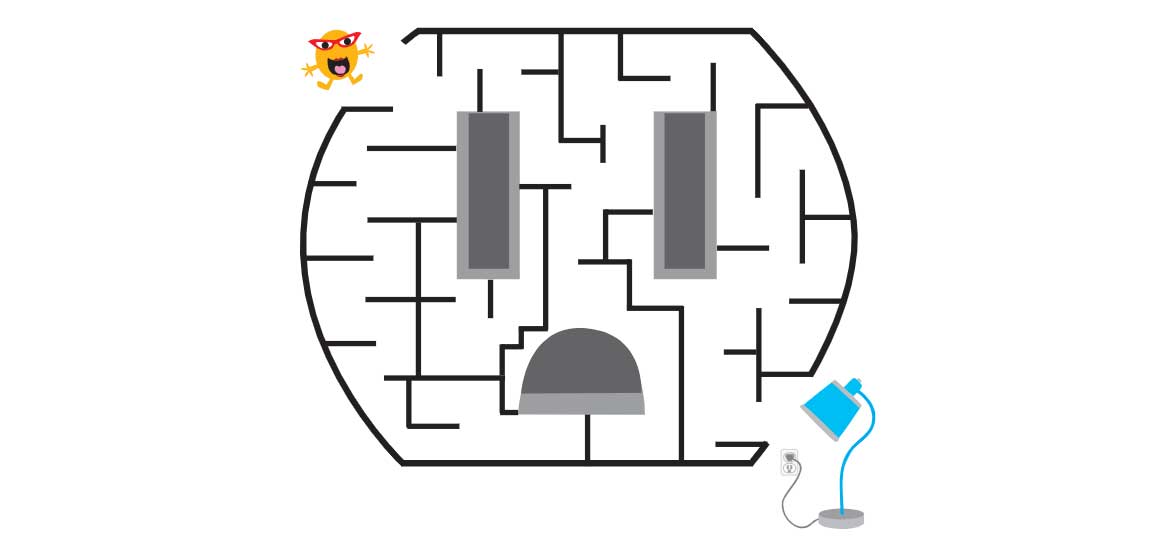Don’t Let Your Attic Overheat Your Home
As temperatures rise, oftentimes so can your energy costs. When reviewing your utility bill, most people focus on their air conditioning. But there’s another culprit that could be driving up costs: Your attic.
Every summer, your attic can turn into a furnace. The heat that builds up doesn’t just stay trapped overhead. It radiates downward, warming your ceilings, sneaking through air leaks, and overworking your cooling system, which can lead to higher bills. So, what can you do to prevent this?
Insulation: The Barrier Between Comfort and Cost
If your attic insulation is thin, outdated, or uneven, it’s time to upgrade. A poorly sealed or uninsulated attic can absorb heat and slowly push it into your living spaces. As a result, even if you’re running the AC all day, that heat continues to creep in, undoing your cooling efforts and draining your wallet. This additional strain on your HVAC can also shorten the lifespan of your equipment and lead to avoidable repair bills down the line.
Proper insulation slows the transfer of heat from the attic into your home, keeping the air inside cooler for longer. The U.S. Department of Energy recommends attic insulation with a minimum R-value of 38 for most climates. Adding or replacing insulation, can make a dramatic difference in both comfort and cost.
Ventilation: Let the Hot Air Out
But even with good insulation, your attic still needs a way to breathe. Ventilation allows hot air to escape, which keeps attic temperatures from reaching peak temperature. Without it, heat can build up, and not just in your attic, but in the rest of your home.
Installing vents or an attic fan will help circulate air, moving cooler air in and pushing hot air out. This will help lower attic temperature and reduce moisture buildup, which can damage insulation, warp wood, and invite mold to grow over time. With both ventilation and insulation, homeowners create a buffer zone that shields their home from extreme heat and cuts down on energy waste.
Small Fixes, Lasting Results
If your home already has an insulated and ventilated attic it’s still wise to check that everything is energy efficient. Look for gaps around attic hatches, ductwork, and wiring. These can be fixed by using caulk or weatherstripping to seal them and prevent warm air from sneaking in.
Once these upgrades are in place, your home will cool faster, stay comfortable longer, and use far less energy to do it.
Why It Pays to Start at the Top
Most homeowners focus on what’s inside, adjusting thermostats, upgrading HVAC units, and closing blinds, but it’s important not to forget about other factors that may be impacting your energy efficiency. Whether you're adding insulation, improving ventilation, or sealing leaks, small upgrades can deliver big results.
Ready to Learn More?
Visit South Jersey Gas Energy Efficiency Programs page or contact us to learn how you can take the next step toward summer comfort and year-round savings.





